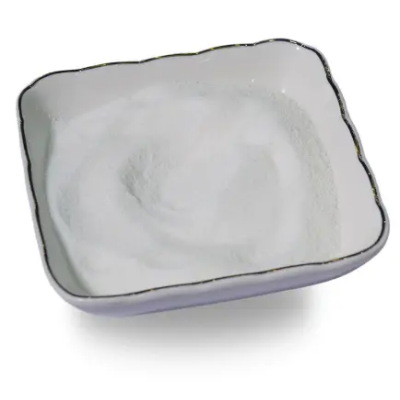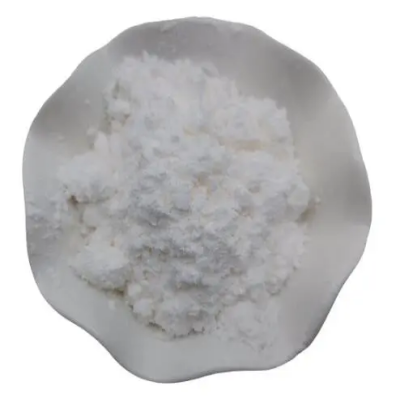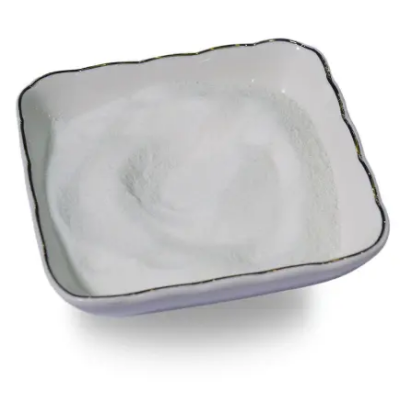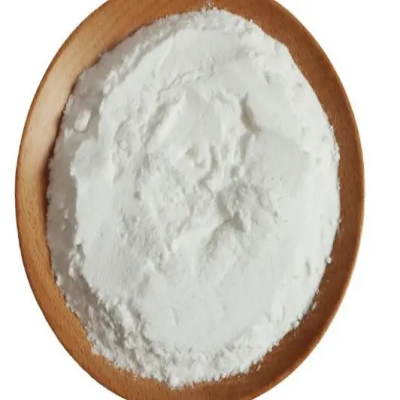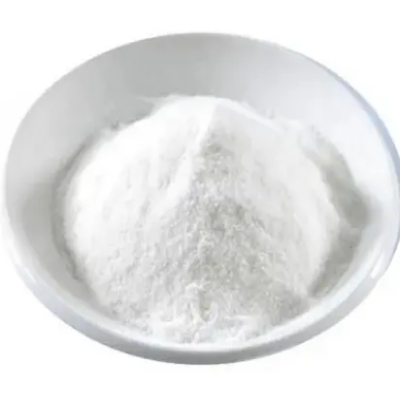Pyrimethamine CAS:58-14-0
Pyrimethamine, a member of the class of medications known as antiprotozoals, has been widely used in the clinical treatment and prevention of malaria, particularly in areas where Plasmodium falciparum is prevalent. With the chemical formula C12H13ClN4, this compound functions primarily as a selective inhibitor of dihydrofolate reductase, an enzyme crucial for the synthesis of tetrahydrofolate, which is necessary for DNA synthesis and cell division in parasitic organisms. The mechanism of action of pyrimethamine involves disrupting the folate pathway in malaria-causing parasites. By inhibiting dihydrofolate reductase, pyrimethamine effectively slows down the growth and replication of the parasite, leading to reduced parasitemia and alleviating symptoms of malaria. While it can be used alone, it is commonly administered in combination with sulfonamides, such as sulfadiazine, to enhance therapeutic efficacy against Toxoplasma gondii, the causative agent of toxoplasmosis. This combination therapy is especially important for immunocompromised patients, including those with HIV/AIDS. Despite its effectiveness, the use of pyrimethamine is not without challenges. Resistance among malaria parasites has been documented, necessitating careful management and monitoring of its usage. Additionally, side effects can range from mild gastrointestinal disturbances to more severe hematological issues, such as megaloblastic anemia, particularly when used at high doses over extended periods. Overall, pyrimethamine remains an integral part of the pharmacological arsenal against malaria and toxoplasmosis, but ongoing research into its mechanisms, potential resistance patterns, and optimal dosing regimens is critical to ensure its continued efficacy in treating these significant public health concerns.



| Composition | C12H13ClN4 |
| Assay | 99% |
| Appearance | white powder |
| CAS No. | 58-14-0 |
| Packing | Small and bulk |
| Shelf Life | 2 years |
| Storage | Store in cool and dry area |
| Certification | ISO. |




